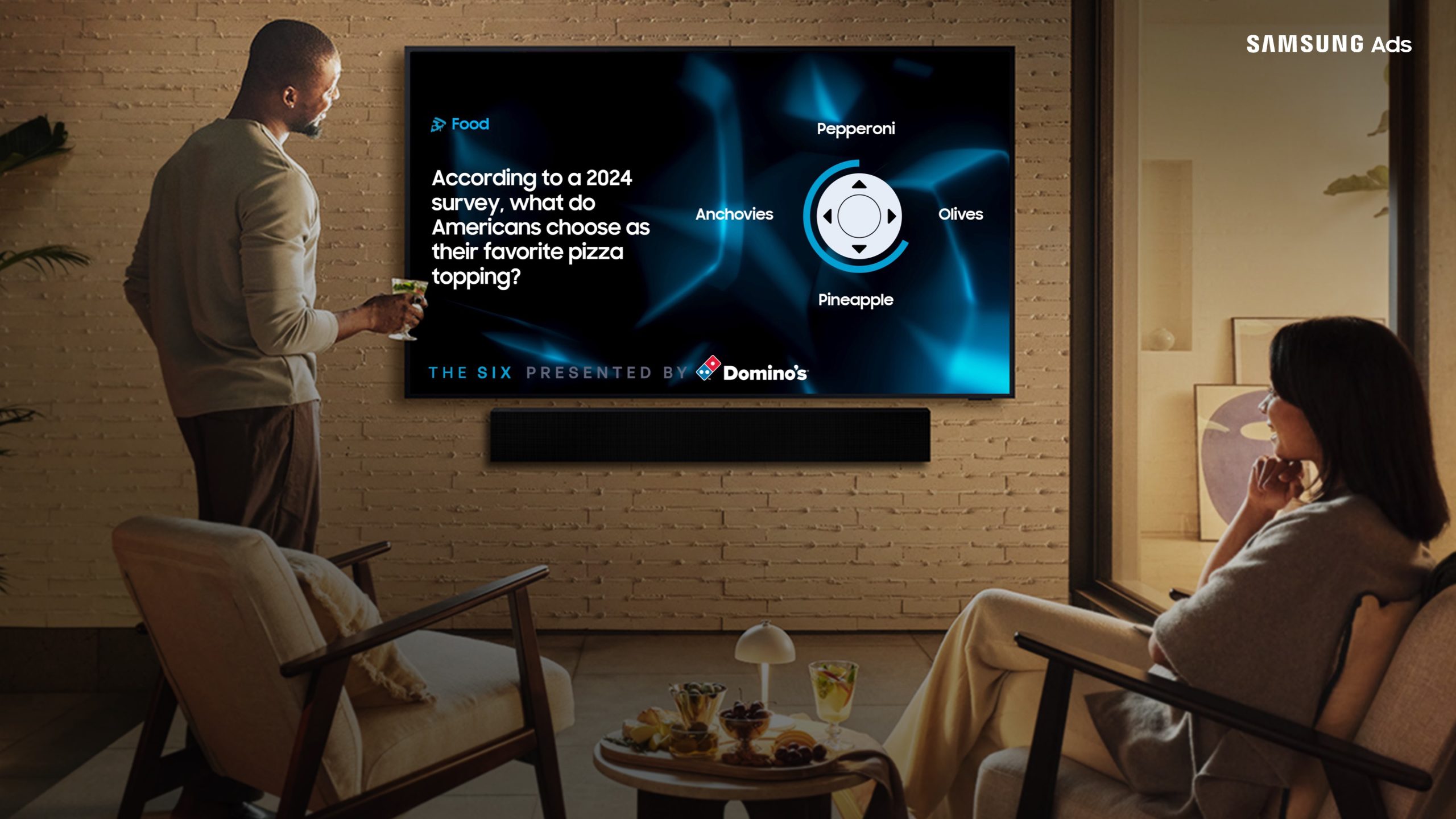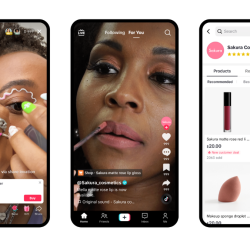‘Messages from brands coming from corporations are suspicious,’ commented Unilever CEO Fernando Fernandez, after announcing a scale-back of traditional advertising in favour of investing in an ‘influencer army’ to reach younger audiences.
Influencer marketing is no longer a niche strategy, it’s a fundamental pillar of digital advertising. With major brands like Unilever prioritising influencers who bring ‘voices that matter’ to their campaigns, the industry is evolving. But how can brands ensure they’re making the most of their influencer investments? And how do they find the right influencers to drive meaningful engagement and conversions?
The growing importance of influencer marketing
Consumer feeds are inundated with ads, and audiences have become adept at tuning them out. Influencers, however, bridge the gap between brands and audiences in a way that feels organic and authentic.
Recent data from Traackr indicates that 63% of consumers are more likely to buy a product recommended by an influencer, especially one with a smaller, more engaged following. A well-matched influencer can introduce products in a way that resonates far more than a brand-led message ever could.
This is why brands continue shifting marketing budgets toward influencer collaborations. Unilever’s approach, as noted in The Times, focuses on influencers who genuinely connect with their audience, rather than just those with high follower counts.
To achieve strong ROI from influencer marketing, brands need to be strategic. Here’s how:
1. Set clear goals and KPIs
Before launching an influencer campaign, brands must define their objectives. Are they aiming to increase brand awareness, drive sales, or boost engagement? KPIs such as engagement rates, click-through rates, conversion rates, and cost per acquisition should be clearly outlined to measure success effectively. These objectives will also shape influencer selection.
2. Prioritise authenticity and audience alignment
Consumers are drawn to influencers who appear genuine. Partnering with influencers who have a natural affinity with your brand ensures that endorsements feel authentic, rather than transactional.
That’s not to say brands shouldn’t experiment. Some, like Megabus, have found success working with influencers outside their industry, such as drag queen Just May, who brought humour and flair to their summer campaign.
However, for conversions, audiences are more likely to trust recommendations from influencers who genuinely use and believe in the product. Unilever’s strategy reflects this by prioritising credibility and engaged communities over pure reach.
3. Diversify influencer partnerships
A mix of macro, micro, and nano-influencers helps brands reach different audience segments. While macro-influencers provide broad exposure, micro- and nano-influencers often deliver higher engagement rates and stronger community ties.
GymShark’s #GymShark66 campaign demonstrated this approach by partnering with high-profile fitness influencers like Whitney Simmons and Saffron Barker for credibility, while also activating micro-influencers to boost community participation.
4. Leverage long-term collaborations
One-off sponsored posts may generate some traction, but long-term partnerships foster trust and brand affinity. When influencers become brand ambassadors, their audience perceives their endorsement as more credible, leading to higher conversion rates.
Unilever’s strategy reinforces this, focusing on sustained influencer relationships that deepen audience trust and engagement over time.
5. Invest in data-driven decision-making
With the rise of AI-powered analytics tools, brands can now assess the effectiveness of influencer campaigns with greater accuracy. Tracking influencer performance over time allows marketers to refine their strategy, allocate budgets more effectively, and double down on the best-performing partnerships.
While influencer impact may seem hard to measure, Unilever’s Fernandez noted in The Times that the brand has access to data that provides ‘a very clear understanding of what the return on all these kinds of things is.’ This demonstrates the value of leveraging data-driven insights for more effective partnerships.
Finding the right influencers
Choosing the right influencers is critical to success. Brands should consider:
1. Relevance and niche expertise
Influencers should align with the brand’s industry and values. A skincare brand, for example, will see better results working with a beauty expert rather than a fitness influencer with no skincare expertise.
Unilever’s approach reinforces this by selecting influencers whose content naturally aligns with their brand ethos. Roo’s Home, a key player in the #CleanTok space, organically promoted Unilever’s cleaning products in her content, making her a natural fit as both a creator and a brand ambassador. By identifying influencers who already use and love their products, brands can seamlessly turn content creators into long-term partners.
2. Engagement over follower count
A high follower count doesn’t necessarily mean high engagement. Metrics like comments, likes, shares, and saves provide deeper insights into how actively an influencer’s audience interacts with their content. Engagement-driven creators often provide better ROI than those with passive audiences.
3. Past brand collaborations
An influencer’s previous partnerships offer valuable insights. Have they worked with competitors? Do they frequently promote too many brands, potentially diluting their credibility? Reviewing past collaborations helps brands predict the success of a partnership and ensures alignment with their industry, values, and audience.
Food for thought…
Fernandez’s comments highlight a growing reality: traditional marketing methods are becoming less effective. Corporate-led messages are often met with scepticism, especially among younger audiences. Gen Z, in particular, consumes social media through a more personal lens than previous generations.
Influencer marketing, when done right, builds trust by delivering brand messages in an organic and relatable way. To be effective, brands must avoid overly scripted content and instead give influencers creative freedom to integrate products authentically.
As consumer trust in corporate messaging declines, influencers offer a credible bridge to audiences. However, success requires a well-thought-out strategy that prioritises authenticity, data-driven insights, and meaningful partnerships. By following these guiding principles, brands can drive engagement, conversions, and long-term community impact.
Main Image by Laura Chouette on Unsplash























